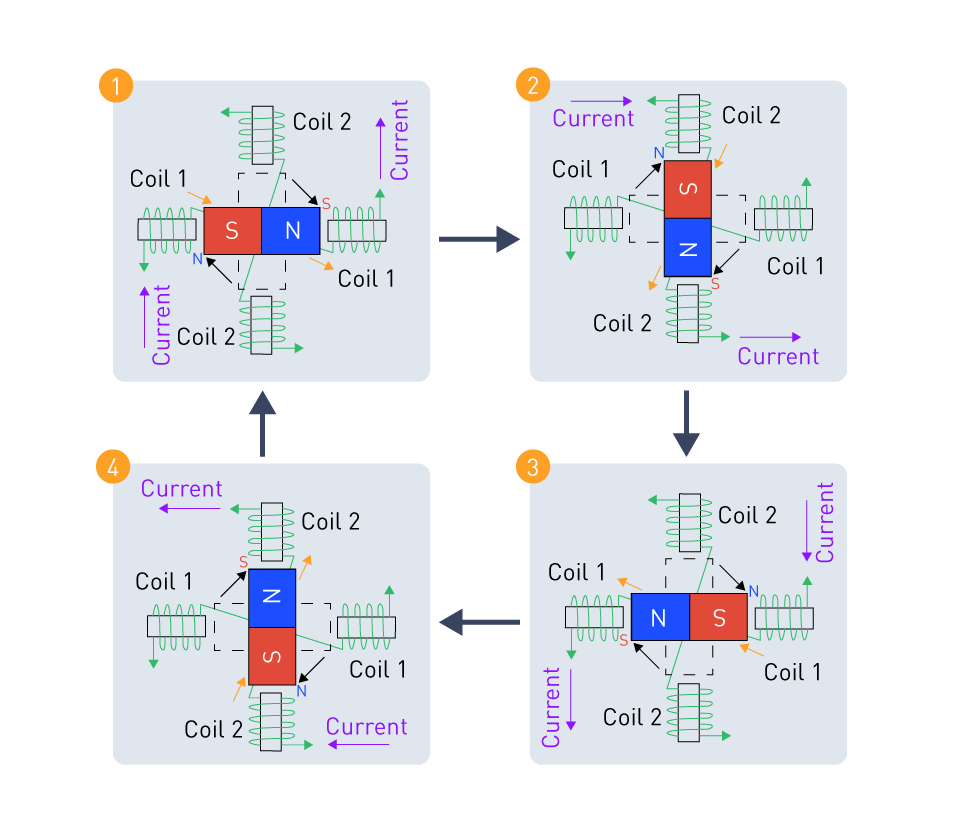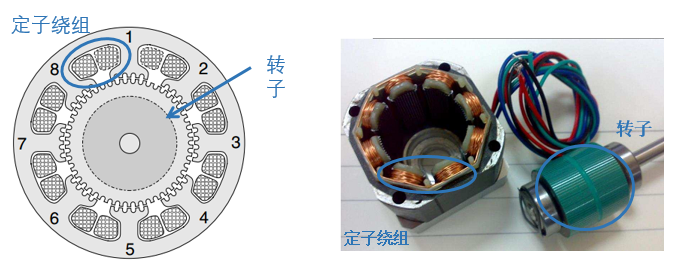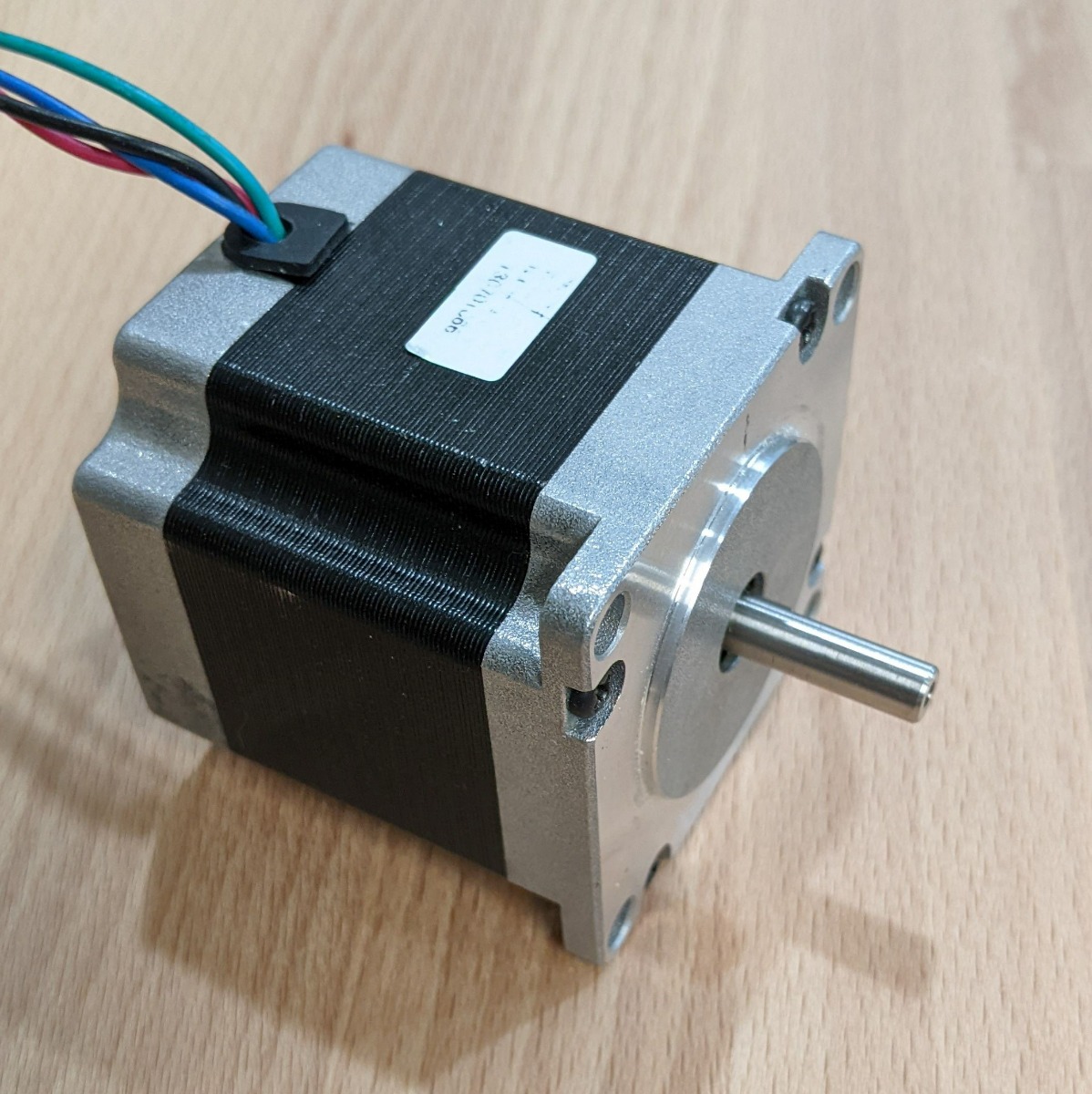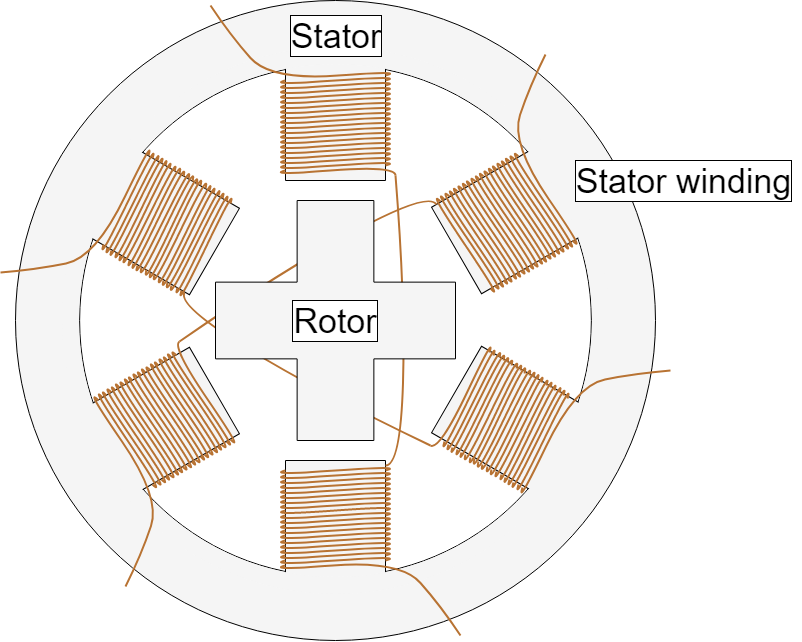Advantages
Stepper motors, due to their one-of-a-kind operational features, provide a variety of benefits that make them particularly well-suited for applications that require precise control and dependability. It is the inherent design elements and operational mechanisms of these products that are responsible for these benefits.
Simple Control Mechanism
Controlling stepper motors is a straightforward process, which is one of the most significant advantages of these motors. Stepper motors, in contrast to other types of motors, may be controlled with easy digital signals, even if other types of motors require more complicated feedback systems in order to precisely regulate position and speed. As a result of the fact that each pulse that is transmitted to a stepper motor corresponds to a single step, it is simple to control the position of the motor without utilizing any additional sensors. Because of this simplicity, integration with systems is made simpler, and the total complexity and expense of the system are lower.
Sensorless Position Control
The step-by-step movement of stepper motors makes it possible for them to provide sensorless position control by their very nature. Therefore, there is no longer a requirement for external position feedback systems such as encoders because the position of the motor can be precisely determined based on the number of input pulses that are delivered. This capability is especially useful in situations where adding additional sensors would be impractical due to space or financial constraints.
High Torque at Low Speeds
Because stepper motors are able to generate great torque at low speeds, they are ideally suited for applications that require a large amount of force to start or move a load without the need for gearing or speed reduction systems. Applications such as robotics and automated machinery which require quick responses to control inputs are examples of applications that benefit from this high beginning torque since it guarantees reliable functioning.
High Reliability
As an additional significant benefit, stepper motors are known for their dependability. Because of their sturdy structure and the absence of brushes or contactors, there are fewer mechanical elements that are susceptible to wear and strain. As a result, their lifespans are longer and they require less maintenance. The reliability of stepper motors is further enhanced by the fact that their performance can be predicted under a broad variety of conditions. As a result, stepper motors are a preferred option for demanding industrial environments and precision applications.
Limitations
Despite the fact that stepper motors are lauded for their precision control and dependability, there are a number of intrinsic restrictions that make them unsuitable for some applications. Stepper motors have inherent restrictions that are inherent to their design and operational principles. These limitations must be taken into consideration during the process of system design and application selection.
Stationary Current Leading to Low Efficiency and Overheating
It is possible for stepper motors to draw current in order to retain a position even while they are stationary. This can result in inefficiencies, particularly in applications where the motor must maintain position for extended periods of time. Regardless of the load, this constant current draw contributes to energy waste and has the potential to cause the motor to overheat, which will result in a decrease in its efficiency and might potentially shorten its lifespan if it is not appropriately managed through the implementation of cooling or power control measures.
Resonance
Stepper motors are capable of experiencing resonance at specific speeds, which occurs when the inherent frequency of the motor and the drive system coincides with the frequency at which the motor is stepping. In extreme circumstances, this resonance may result in the loss of steps or the motor stalling. Vibration and decreased motor performance are other possible outcomes. When it comes to reducing resonance, engineers frequently apply meticulous system design techniques. These techniques include altering the stepping frequency, utilizing dampening materials, or employing microstepping to smooth out the movement of the motor.
Missed Steps Under High Load
Although stepper motors are highly regarded for their precision, they are susceptible to missing steps when subjected to high-load circumstances or when experiencing fast acceleration or deceleration, which can result in positioning inaccuracies. This constraint arises as a result of the fact that the torque of the motor diminishes as the speed increases, which may result in the motor being unable to overcome inertial forces or loads. The solutions include implementing feedback systems to correct any positioning issues and carefully sizing the motor to match the requirements of the application in order to guarantee that there is sufficient torque available.
Low Torque and High Noise at High Speeds
When stepper motors are used in high-speed applications, their torque production diminishes as their speed increases, which limits their efficacy in those applications. Furthermore, the stepping action of the motor has the potential to generate a large amount of noise and vibration at higher speeds, which may be undesirable in locations that are particularly sensitive to noise. Engineers find solutions to these problems by selecting motor and drive combinations that optimize performance for the speed range that is needed, as well as by adopting approaches that reduce noise. The maximum speed that stepper motors may achieve is about 1000 RPM.
Low Power Density and a Low Torque-to-Inertia Ratio
Stepper motors, in comparison to other types of motors, typically have a lower power density and a torque-to-inertia ratio that is less advantageous. This indicates that they may be larger and heavier than servo motors with equal power output, which makes them less suited for applications that are weight-sensitive or compact. Therefore, while choosing stepper motors for a certain application, it is necessary to strike a balance between the advantages of precise control and the limitations imposed by the physical environment.










直接登录
创建新帐号